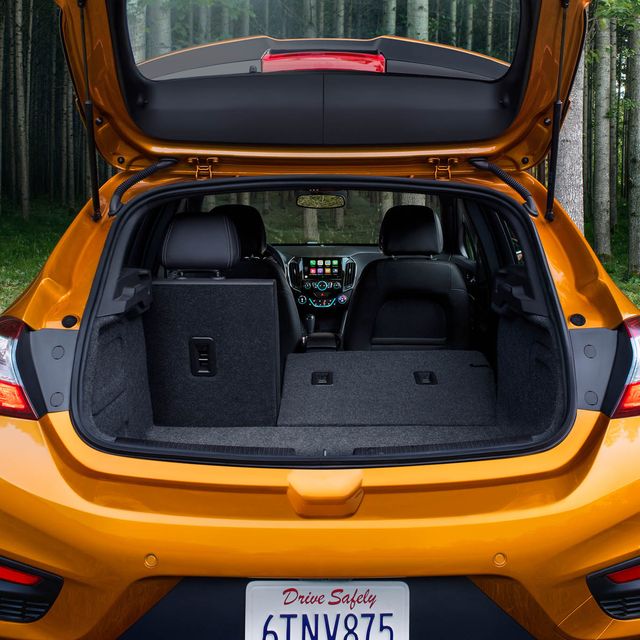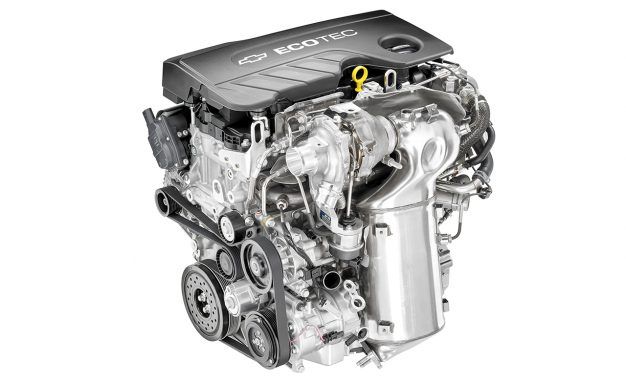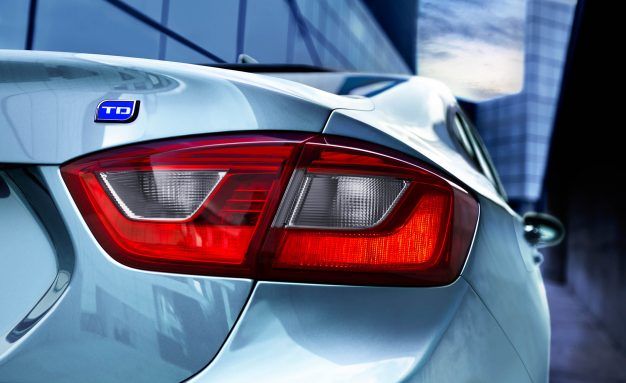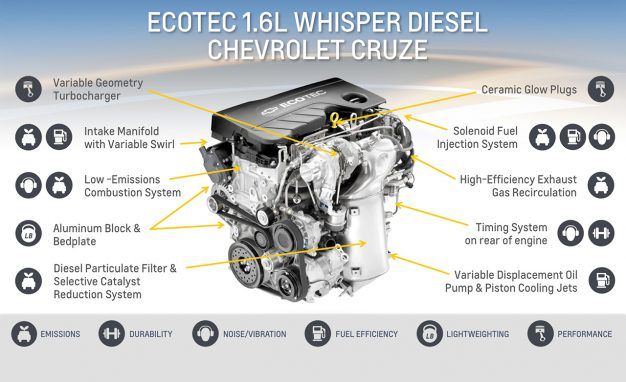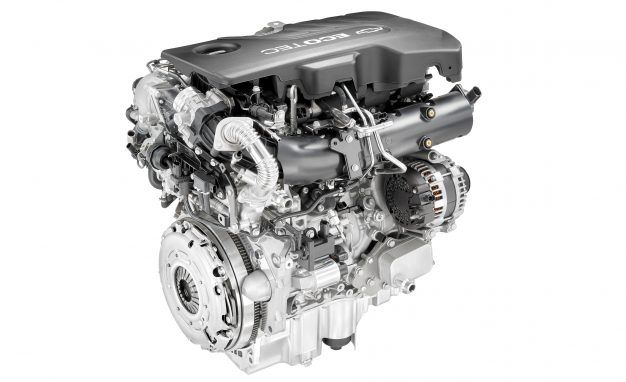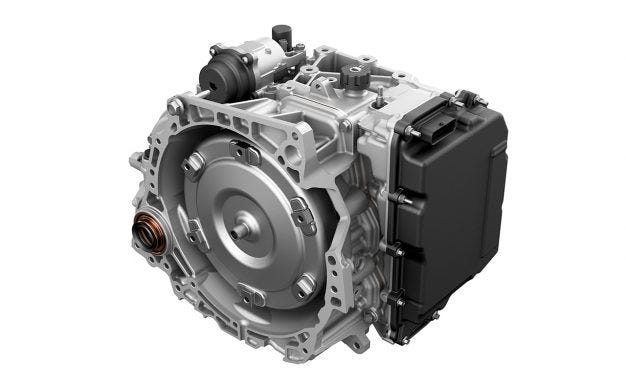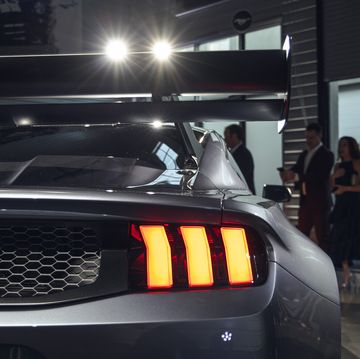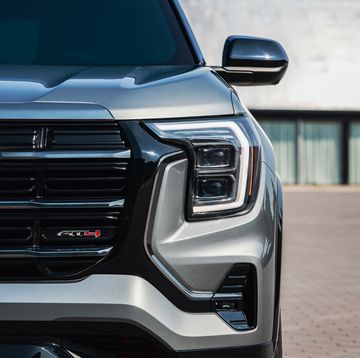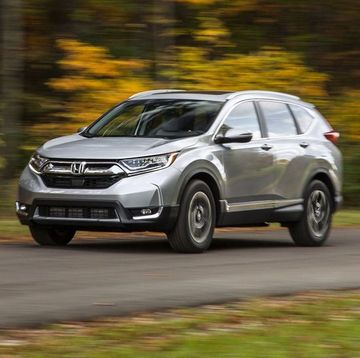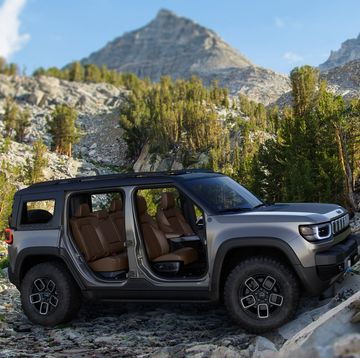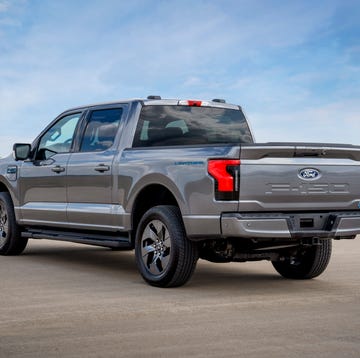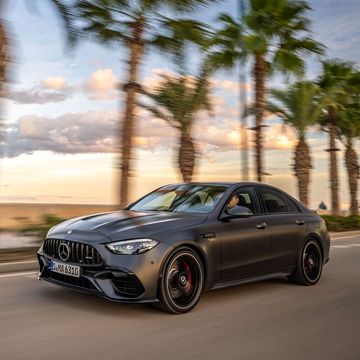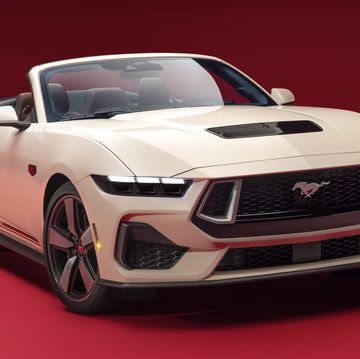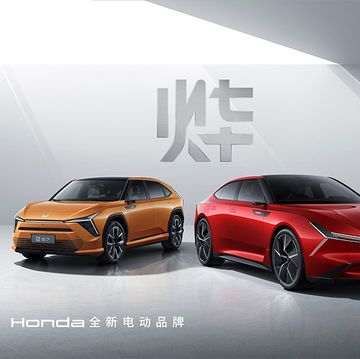An old proverb states that what the Hindenburg did to hydrogen, Oldsmobile did to diesels. Fortunately, humans are a forgiving, forgetful lot. Both hydrogen and diesel fuel are likely to play important roles in our transportation future—as the new Chevrolet Cruze diesel is about to show us—no matter what rash moves you expect of our new government administration.
Of course, Volkswagen’s diesel misdeeds picked open that old(smobile) scab. Some industry wizards, such as FCA CEO Sergio Marchionne, believe that the diesel engine’s reputation is so tainted that its future prosperity could be limited to pickups and large SUVs. Predatory law firms now hound diesels, filing class-action suits with little or no provocation.
Dan Nicholson, General Motors’ vice president of global propulsion systems, is more sanguine. He is convinced that diesel enthusiasm born of trucks and VW cars is pent up, waiting for the arrival of new models capable of fulfilling the compression-ignition crowd’s dreams.
Aiming to prove that theory, Chevrolet has just reintroduced a modern turbo-diesel engine for the U.S. market. Note our use of the word “reintroduce.” GM sold 12,298 cars powered by a 2.0 turbo-diesel engine in the 2014 and 2015 Cruze compact cars, taking a break when Chevy freshened this small sedan for 2016.
The Ecotec 1.6-liter turbo-diesel inline-four already at Chevy dealers in 2017 Cruze sedans and arriving shortly for Cruze hatchbacks and the 2018 Equinox and 2018 GMC Terrain was born and bred in Europe, where diesels have a much stronger foothold (mainly because of favorable fuel and diesel-car sales taxes). What GM calls its Medium Diesel Engine, Opel markets as a “whisper diesel,” touting its exemplary noise, vibration, and harshness manners. A GM plant in Szentgotthárd, Hungary, manufactures this engine.
Designers gave this diesel every advanced feature in the book. The block and head are aluminum to save weight, and crankshaft support is reinforced with a sturdy bedplate. Tough iron cylinder liners are cast in place, and the crankshaft and connecting rods are forged steel. Oil is sprayed onto the bottoms of the pistons to cool them. Two intake runners feed air to each cylinder; hinged flaps in half of the runners induce swirl motion within the cylinders. A 16.0:1 compression ratio provides the heat needed for auto ignition. An electronically controlled throttle regulates intake-manifold vacuum to manage exhaust gas recirculation and to expedite engine shutdown.
Both the cam cover and the intake manifold are molded fiberglass for noise absorption and to trim weight. The entire intake manifold is swaddled in acoustic padding and covered with a plastic noise barrier. Another noise-canceling measure was driving the camshafts from the tail end of the crankshaft so the gears and chains could be masked by the flywheel and the transaxle bell housing.
Ferrari has nothing on this diesel’s valvetrain. Two hollow overhead cams open four valves per cylinder through roller finger followers with hydraulic lash control. There’s variable timing for both intake and exhaust valves.
Ceramic glow plugs accelerate cold starting, and an optional oil heater is available for cold climates. The BorgWarner turbocharger is a variable-vane design for improved response at low engine rpm. Maximum boost is 27 psi. Solenoid injectors fed by a common fuel rail deliver up to nine squirts per combustion cycle. Oxidation and reduction catalysts plus a particulate trap cleanse the exhaust; diesel exhaust fluid (DEF) helps diminish NOx emissions.
Compared with larger-displacement predecessors, this Ecotec 1.6-liter engine is lighter, smaller, and significantly quieter. It delivers 137 horsepower at 3750 rpm, and the torque curve peaks with 240 lb-ft at 2000 rpm. That’s a bit less power but 36 percent more maximum torque than the Cruze’s turbocharged 1.4-liter gasoline engine puts out.
Two attributes necessary to draw diesel fans to Chevy’s diesel are exemplary mileage and affordability. The six-speed-manual version earned a 52-mpg highway rating from the EPA, topping every other car on the market except for hybrids and electrics. The diesel-manual powertrain in the Cruze sedan achieved 30 mpg in the city test for a combined EPA rating of 37 mpg.
Most buyers will lean toward the optional nine-speed automatic transmission, which also scored an EPA combined mileage of 37 mpg. That Cruze powertrain earned 31 mpg on the city cycle and 47 mpg in the highway test.
- Everything You Need to Know about the VW Diesel-Emissions Scandal
- 2018 Chevrolet Equinox: Less Weight, More Engines (Including a Diesel!)
- Chevrolet Cruze Research: Full Pricing, Specs, Reviews, and More
While the new car market is rife with sub-$20,000 bottom feeders that offer decent mileage, Chevy’s Cruze diesel won’t play that game. A Cruze LT powered by the Ecotec turbo-diesel will start at $24,670, including a convenience package as standard equipment. That’s approximately $2100 over the price of a Cruze sedan with the 153-hp 1.4-liter Ecotec gasoline inline-four. The Cruze diesel four-door hatchback and the Equinox will follow later this year as 2018 models.
GM’s Nicholson stated that this new diesel’s primary mission is to offer Chevrolet customers an attractive alternative to gasoline engines and significantly higher fuel efficiency. Achieving 10 percent penetration in those car lines where it’s offered would also help GM meet future fuel-economy and greenhouse-gas obligations.
